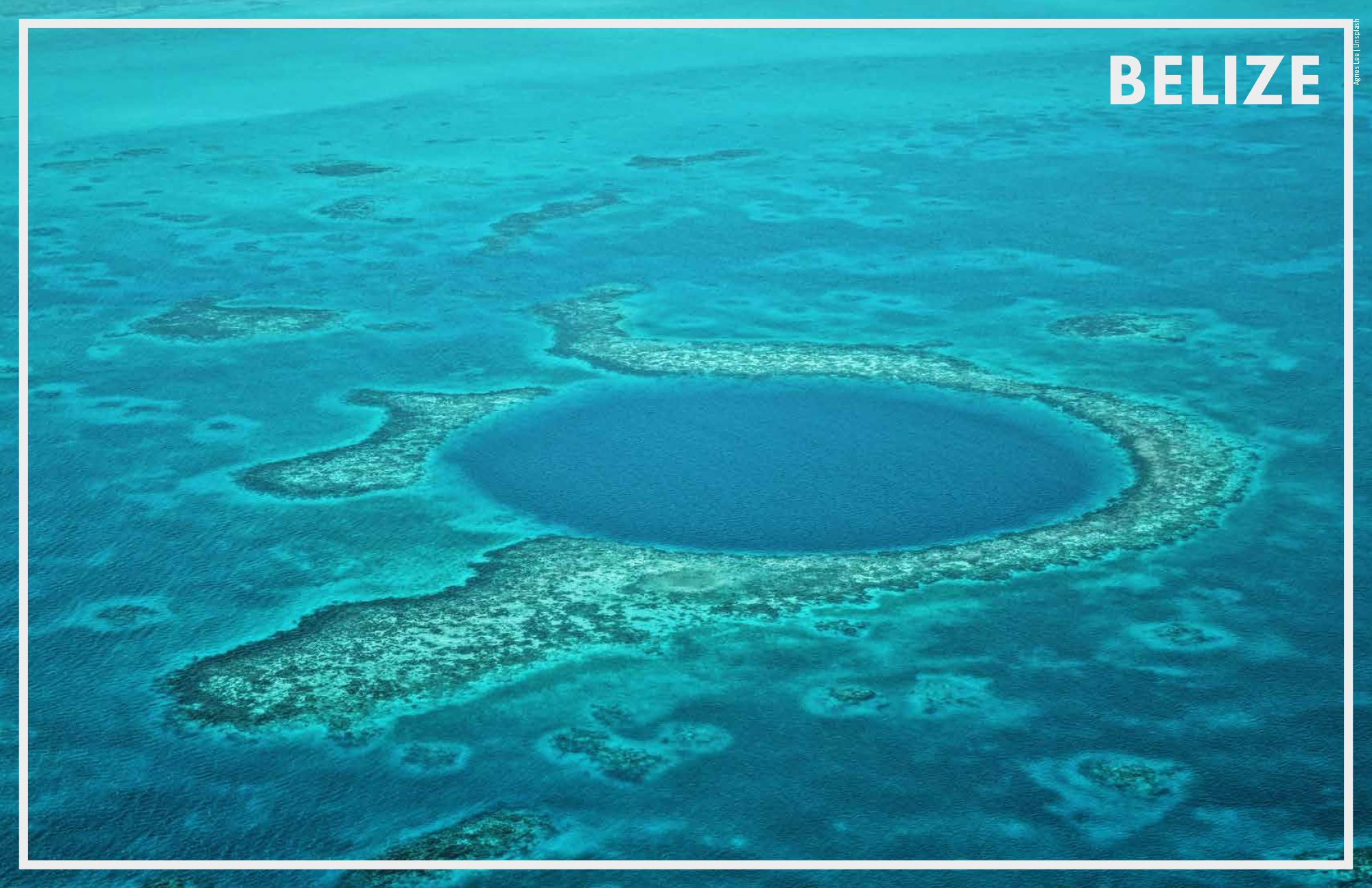Belize is a small country with a total land mass of 22,966 km2, an Exclusive Economic Zone (EEZ) of 3,351 km2, and one of the region’s lowest population densities (17.64 people per km2). It possesses 250 km of coastline and is protected by a large network of managed marine protected areas (MPAs). Belize faces the Caribbean, is surrounded by the much larger countries of Mexico to the north and Guatemala to the west and south, and is part of both the Caribbean Common Community (CARICOM) and the Central American Integration System (SICA). Belize is composed of a patchwork of marine and coastal habitats that provide diverse habitats for sharks, rays, and chimaeras throughout all life-history stages. Belize is best known for hosting the world’s second longest coral barrier reef (250 km in length) and three coral fringed offshore atolls. The continental shelf encompasses 10,491 km2, with mangrove cover of approximately 900 km2 and 2,290 km2 of seagrass meadows. Deep waters (>250 m depth) comprise 71% of the marine EEZ. There is a strong history of fishing from both colonial days and beyond independence (1981), and export of finfish and invertebrates (conch and lobster); however, there is a limited contemporary culture of eating or fishing sharks or rays.

